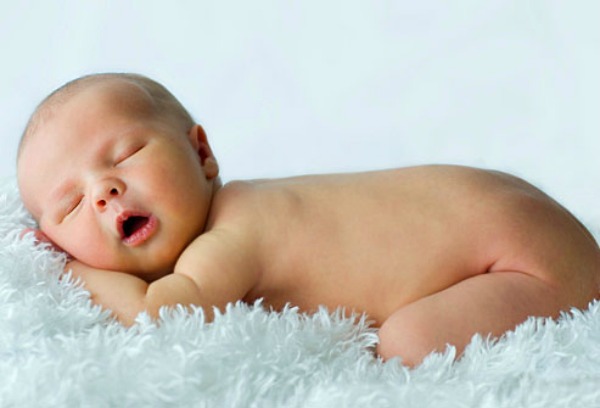
Taking care of a baby is one of the most demanding jobs that every mother has to go through. Apart from managing the nutritional requirements, making sure that your little bundle of joy does not fall sick often is a daunting task for many. Of the numerous health issues to deal with, rashes are by far one of the most common problems experienced by babies the world over. There are numerous reasons for development of rashes ranging from bacterial infection to nutritional deficiency. A baby’s skin is extremely sensitive and cannot easily tolerate any new external substance that it comes in contact with, unlike adult skin. Therefore, even if you have taken several precautions to make sure your baby has a perfect blemish free super silky skin, you should not be surprised if you notice some rashes, bumps or sores.
Listed below are seven common baby rashes that you need to look out for:
1. Diaper rash
If you fail to change the diaper regularly or are infrequent in doing so, your baby would easily be susceptible to diaper rash, a problem experienced by a large number of babies the world over. This occurs when the baby’s skin is in contact with the bacteria and other microorganisms present in urine for a long time. The presence of moisture along with warm air provides a perfect environment for microorganisms to grow and multiply, leading to formation of rashes in the region. To prevent this condition, change the baby’s diaper regularly. Clean the area thoroughly and allow the skin to dry naturally before placing a second diaper. This will prevent moisture accumulation in the region, preventing chances of micro-organisms growth and development.
2. Cradle cap
This is one of the most common skin conditions that affect nearly 50 percent of the world’s baby population. Appearance of flaky rashes on the scalp, behind the ears and on the forehead is some of the common symptoms associated with cradle cap. If you notice this, gently wash the baby’s scalp and remove the flakes with a soft cloth. Although the condition subsides on its own without requiring much treatment, if you find these flaky rashes present for long time or if they spread to other parts of the body, it is high time you consult a doctor.
3. Scabies
This is caused due to mite infestation. It is an extremely itchy condition and is very contagious as well. Chances of the baby developing scabies are very high if the household items are infected with mites. These tiny microorganisms are very difficult to detect and very difficult to eliminate too, making the baby easily vulnerable. If any family member is suffering from scabies, he/she should not come in direct contact with the baby because these infections are transferred by skin-to-skin contact.
4. Baby acne
Unlike popular belief, teenagers are not the only age group that suffers from skin problems like acne. Even babies are easily susceptible. If you notice red or white color bumps appearing on the forehead or other areas of the face, the baby could be suffering from acne related problems. The cause for acne development is directly pointed at the presence of excess maternal hormones that circulate in the mother’s body. While breastfeeding the child these hormones have the ability to pass through breast milk and enter the baby’s system, leading to development of acne. Although the condition subsides within the first three months, if you notice the condition to be persistent and deteriorating, it is advisable to consult a doctor immediately.
5. Eczema
Appearance of dry itchy skin could be a case of eczema development in babies. Red patches that appear raised in nature are commonly observed. Sometimes these patches could be filled with liquid as well. Faces, necks, hands and legs are mainly affected. The chances of eczema spreading to other parts of the body are very high. This requires immediate treatment. Some may suffer from eczema all their life.
6. Heat rash
Pink boils are found on the neck, back and chest region of the baby. Prolonged exposure to hot climatic conditions or humid environment can trigger the development of heat rashes because the infant’s body cannot regulate and maintain body heat unlike adults. Dress your baby with cotton clothes and keep the skin moisture free.
7. Psoriasis
An inflammation of the skin leads to development of red scaly patches on the scalp, elbows and knees. This is an autoimmune disorder. Immediate consultation with a doctor is necessary to prevent aggravation of the condition.
If you notice any of the above symptoms in your baby, remember to immediately consult a suitable dermatologist or pediatrician and get the rashes treated. Delaying treatment could lead to extreme complications.


